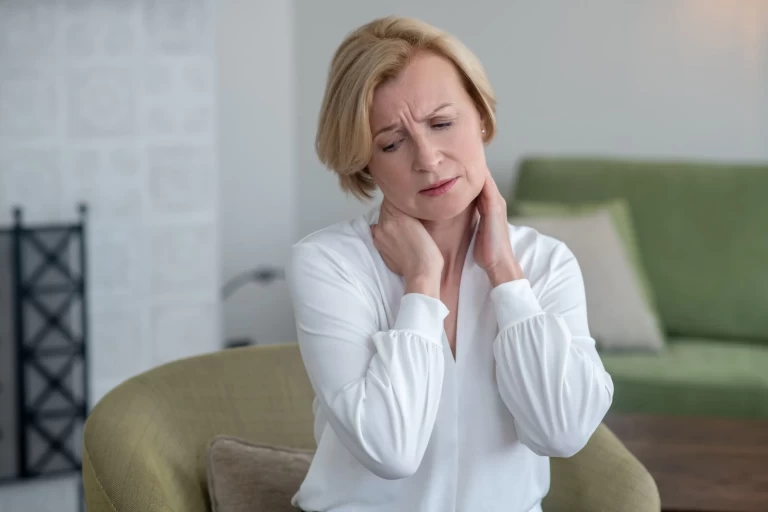
Cervicalgia, commonly known as neck pain, is a prevalent condition affecting millions of people worldwide. This article delves into the causes, symptoms, and management strategies for cervicalgia, providing a comprehensive overview for those seeking to understand and manage this condition.
What is Cervicalgia?
By downloading the Digital Patient Chart mobile app you can better control your patient portal.
Cervicalgia refers to pain localized in the cervical spine, which constitutes the neck region. The cervical spine is composed of seven vertebrae (C1-C7) and is responsible for supporting the head, protecting the spinal cord, and facilitating a wide range of motion. Pain in this area can result from various factors, impacting an individual's daily activities and overall quality of life.
Causes of Cervicalgia
1. Muscle Strain
Muscle strain is one of the most common causes of cervicalgia. It can result from poor posture, prolonged sitting or standing in awkward positions, or sudden movements. Activities such as lifting heavy objects or engaging in sports can also lead to muscle strain in the neck.
2. Degenerative Disc Disease
As people age, the intervertebral discs in the cervical spine can degenerate, leading to conditions such as osteoarthritis. This degeneration can cause pain and stiffness in the neck.
3. Injuries
Trauma from accidents, such as whiplash injuries commonly sustained in car accidents, can cause cervicalgia. These injuries can damage the muscles, ligaments, and discs in the cervical spine.
4. Herniated Disc
A herniated disc occurs when the inner gel-like core of a disc protrudes through the outer layer, pressing on nearby nerves. This can cause severe neck pain and sometimes radiate down the arms.
5. Cervical Spondylosis
Cervical spondylosis is a general term for age-related wear and tear affecting the spinal discs in the neck. This condition can lead to the development of bone spurs, further contributing to neck pain.
6. Poor Posture
Maintaining poor posture, especially while using computers or mobile devices for extended periods, can strain the cervical spine and result in chronic neck pain.
Symptoms of Cervicalgia
The symptoms of cervicalgia can vary depending on the underlying cause but generally include:
Neck Pain: Persistent or intermittent pain in the neck region.
Stiffness: Reduced range of motion and difficulty moving the neck.
Headaches: Pain that radiates from the neck to the head.
Numbness or Tingling: Sensations that may extend from the neck to the shoulders and arms.
Muscle Spasms: Involuntary contractions of the neck muscles.
Management and Treatment
1. Ergonomic Adjustments
Making ergonomic adjustments to workstations, using supportive pillows, and practicing good posture can significantly reduce strain on the cervical spine.
2. Heat and Cold Therapy
Applying heat or cold packs to the affected area can provide temporary relief from pain and inflammation. Heat therapy helps relax muscles, while cold therapy can reduce swelling.
3. Lifestyle Changes
Incorporating regular exercise, maintaining a healthy weight, and avoiding activities that strain the neck can help manage and prevent cervicalgia.
Conclusion
Cervicalgia is a common yet manageable condition. Understanding its causes and symptoms is crucial for effective management. By adopting appropriate treatment strategies and making necessary lifestyle adjustments, individuals can alleviate neck pain and improve their quality of life. If you experience persistent or severe neck pain, it is essential to consult a healthcare professional for a comprehensive evaluation and tailored treatment plan.
Note: This article provides general information about cervicalgia and its management. It is not intended as a substitute for professional medical advice, diagnosis, or treatment. Always seek the advice of your physician or other qualified healthcare providers with any questions you may have regarding a medical condition.









Leave a comment